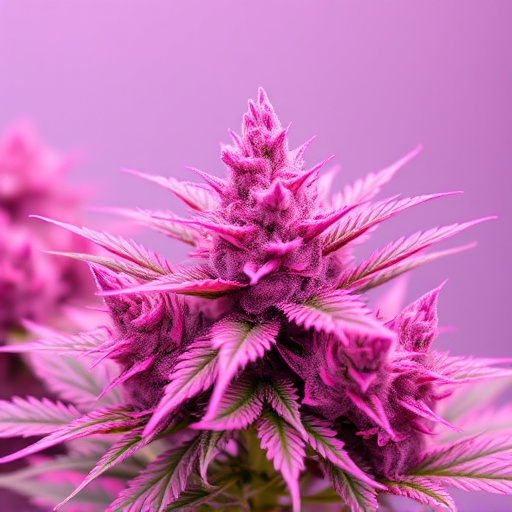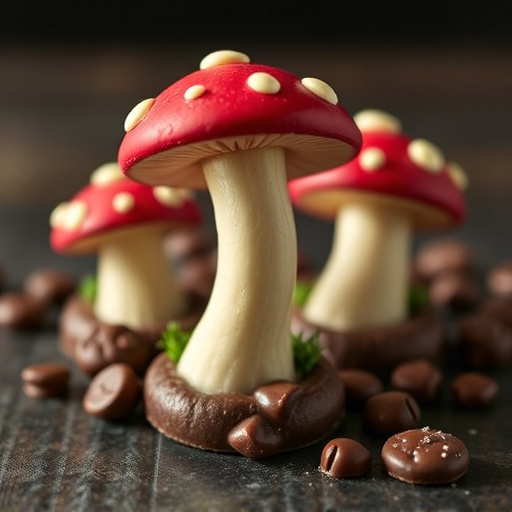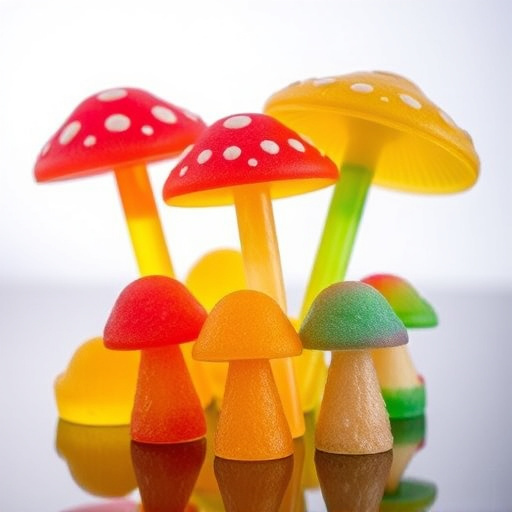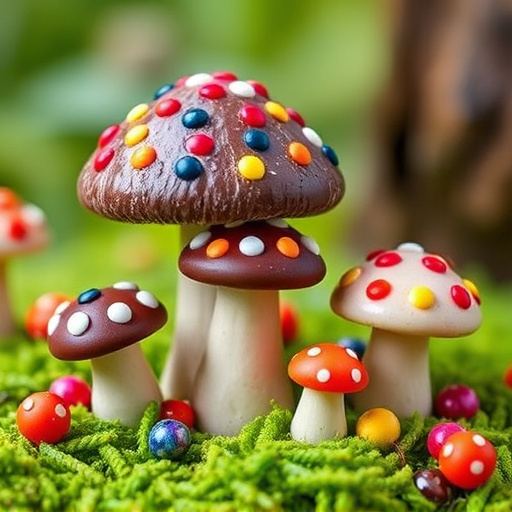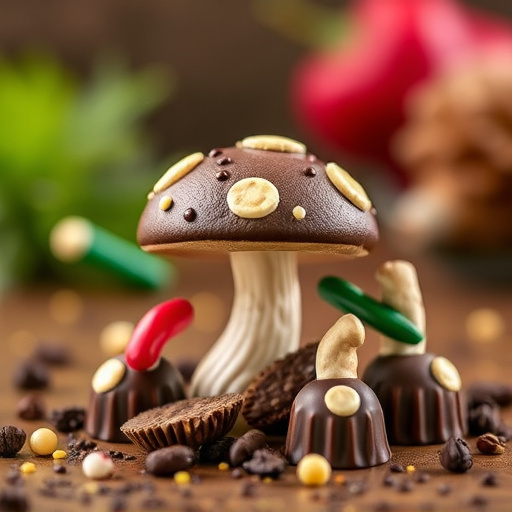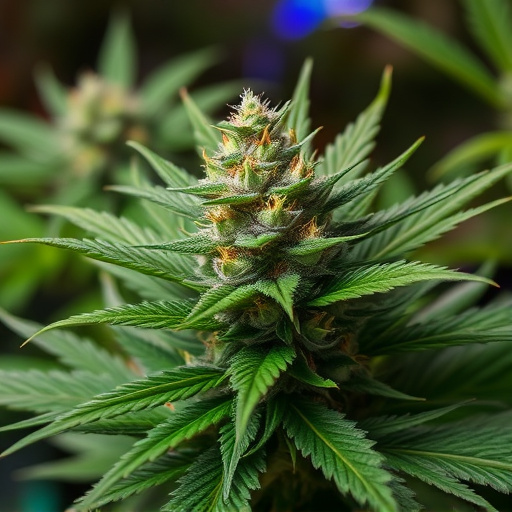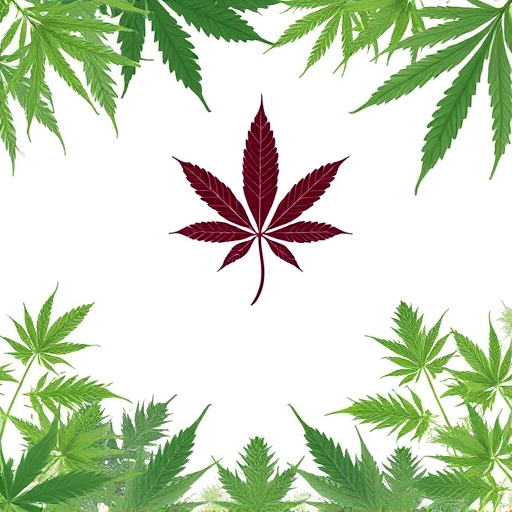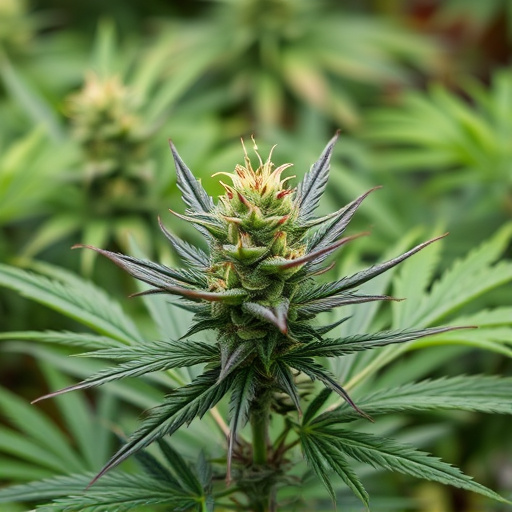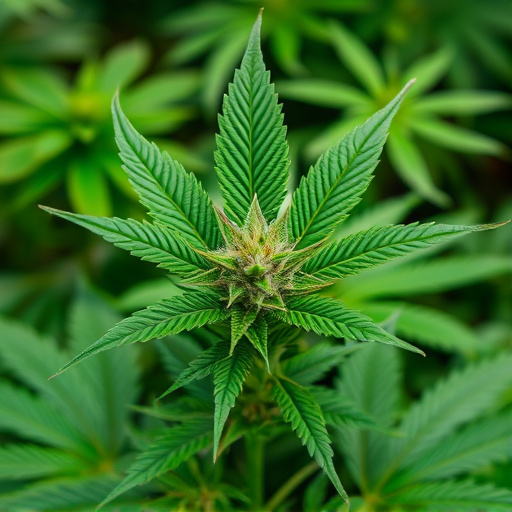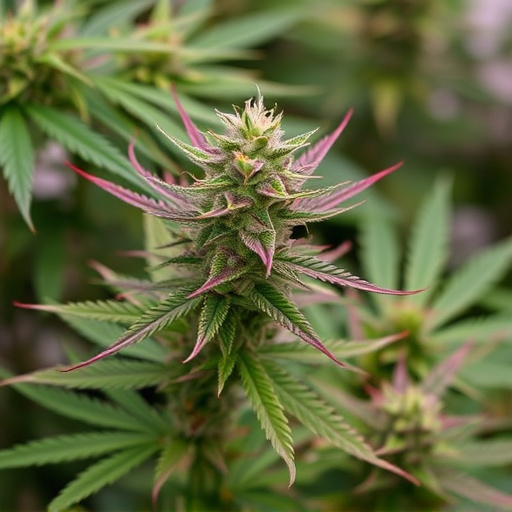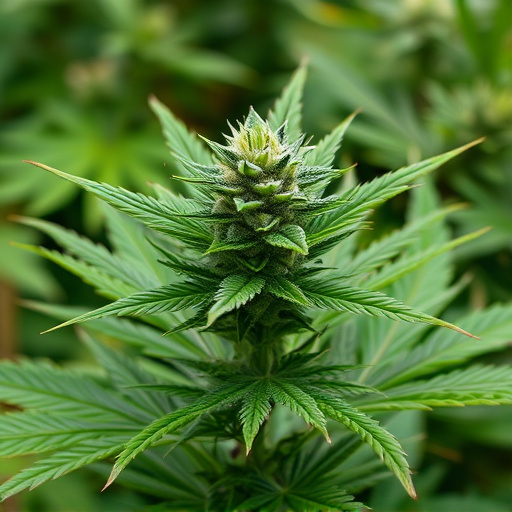The unique potency and aroma of cannabis flowers stem from cannabinoids (THC, CBD) and terpenes. Optimizing growing conditions like light, temperature, humidity, and air circulation is crucial for high-quality, potent, and aromatic medical strains. Harvesting at trichome peak and proper curing techniques ensure quality and potency are maintained.
Maintaining the potency and aromatic profile of your medical strains of cannabis is essential for an optimal therapeutic experience. This guide delves into the science behind cannabinoid content and terpene profiles, providing insights crucial for cultivators. We explore how optimizing growing conditions, from light cycles to nutrient ratios, directly impacts plant health and aroma. Effective harvesting and curing techniques are also detailed, ensuring your cannabis retains its potency and quality throughout the cultivation process.
- Understanding Cannabinoid Content and Terpene Profiles
- Optimizing Growing Conditions for Potency and Aroma
- Harvesting and Curing Techniques to Preserve Quality
Understanding Cannabinoid Content and Terpene Profiles
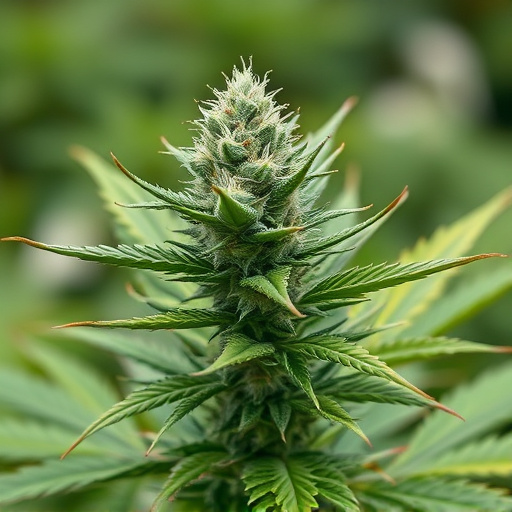
Cannabis flowers, or bud, gain their potency and unique aroma from a complex interplay of cannabinoids and terpenes. Cannabinoids are chemical compounds responsible for most of cannabis’ therapeutic effects, with THC (tetrahydrocannabinol) being the most well-known. Different medical strains of cannabis have varying cannabinoid profiles; some may be high in CBD (cannabidiol), others in THCA (the acidic form of THC). Terpenes, on the other hand, are aromatic compounds that not only contribute to the plant’s distinct smell but also influence its flavour and potential therapeutic effects.
Understanding these chemical components is crucial when aiming to preserve the potency and aroma of cannabis flowers. Different terpenes can enhance or temper cannabinoid activity; for example, myrcene is known for its relaxing properties and often found in strains with high THC content. By knowing the specific terpene and cannabinoid profile of your medical strain, you can better care for your plants, ensuring they maintain their desired effects and fragrant allure.
Optimizing Growing Conditions for Potency and Aroma
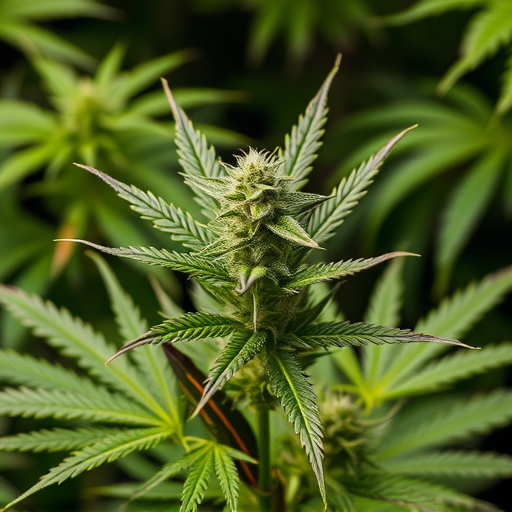
Optimizing growing conditions is key to cultivating high-quality, potent, and aromatic medical strains of cannabis. The environment in which cannabis plants are grown significantly influences their final characteristics. These include factors like light intensity and spectrum, temperature, humidity, and air circulation. Each of these elements plays a crucial role in the plant’s development. For instance, optimal light conditions, typically between 400-700 nanometers, stimulate photosynthesis, enhancing the cannabis plant’s ability to produce essential oils responsible for its unique aroma and potent effects.
Maintaining a consistent temperature range, usually between 65-85°F (18-29°C), supports healthy growth and prevents stress. Adequate humidity levels, around 40-70%, are vital for preventing mold while ensuring the cannabis plant’s resin glands develop fully. Efficient air circulation helps to prevent stagnant conditions that can lead to pest issues and ensures that every part of the plant receives adequate oxygen for robust development. When these growing conditions are carefully balanced and maintained throughout the cultivation process, cannabis plants are more likely to produce flowers with enhanced potency and a more desirable aroma.
Harvesting and Curing Techniques to Preserve Quality

When it comes to medical strains of cannabis, proper harvesting and curing techniques are paramount to preserving both quality and potency. The first step involves timing your harvest meticulously. Typically, flowers are ready for collection when they reach their peak trichome development – resin glands that contain cannabinoids. Inspect your plants regularly using a magnifying glass; mature trichomes should appear milky or amber-colored.
Curing is an art as much as it is science. After harvesting, gently hang your cannabis plants upside down in a cool, dark, and well-ventilated area for several days to a week. This slow drying process allows essential oils to redistribute throughout the buds, enhancing both aroma and flavor. Subsequently, cure your harvest in airtight containers for up to 4 weeks, checking regularly for moisture or mold – signs that indicate spoilage.
Maintaining the potency and aromatic quality of medical strains of cannabis requires a nuanced approach from understanding cannabinoid content and terpene profiles to optimizing growing conditions and employing effective harvesting and curing techniques. By carefully managing these factors, growers can ensure that their plants retain their desired effects and flavors, providing patients with consistent and high-quality medicine.
